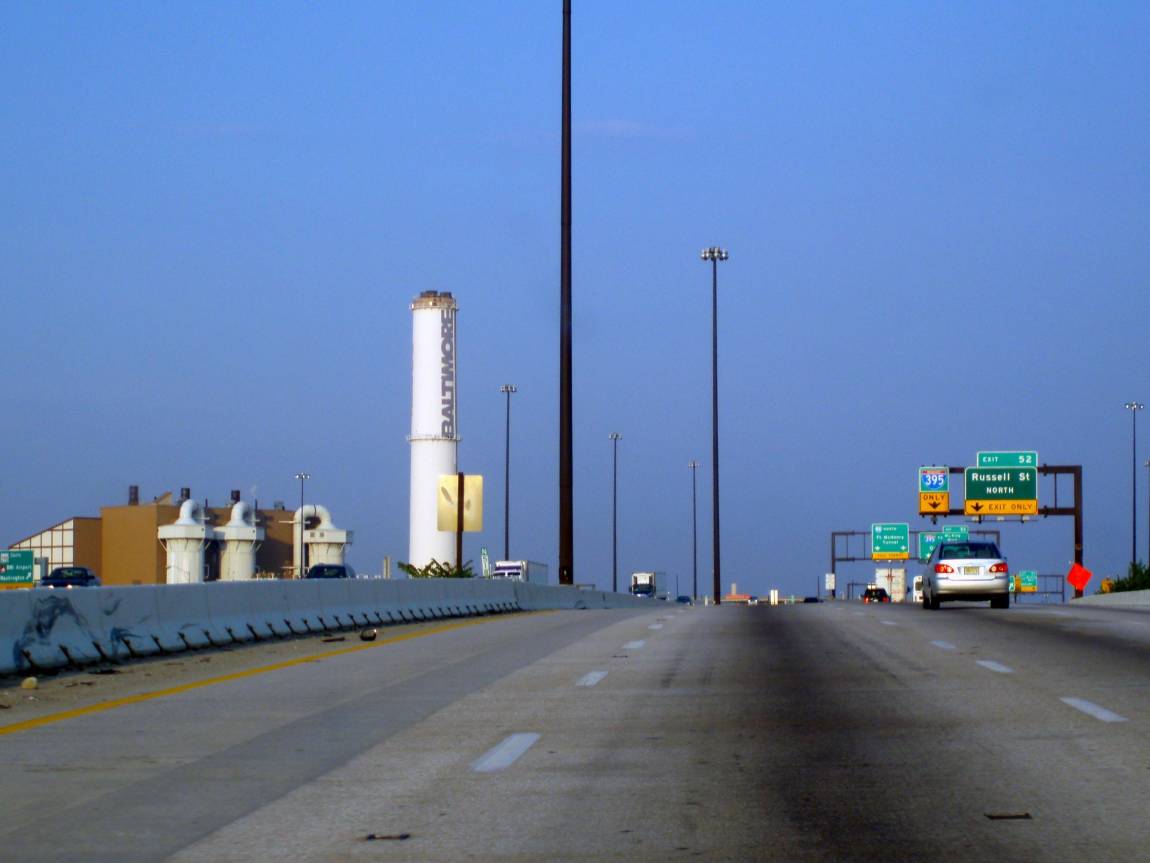Each state is a bit different and usually when you go on a road trip, the thought of checking each state's requirements for what happens when you get a traffic ticket doesn't come to the top of mind. However, for Maryland residents, getting an MVA flag can cause all sorts of trouble - some that they might not even realize until weeks or months later.
No one likes being on the government's radar in any way, and in Maryland, a traffic ticket can shift from being a simple mistake into a nightmare. Any agency authorized to flag a vehicle may do so with the help of the Maryland Department of Transportation Motor Vehicle Administration (MVA).
Once a car has been flagged, it will have a record, making it difficult to complete certain transactions in the MVA. Vehicle flags prevent drivers from
- Renewing a vehicle registration.
- Getting a substitute license plate.
- Transferring license plates.
- Getting a duplicate registration card.
In this article, we will go over why your vehicle can be flagged, what can be done to avoid it, and answer your “how do I get rid of the MVA flag?” question.
Reasons why a vehicle may be flagged
Different authorized agencies can request the MVA to flag your vehicle. Such agencies include
- Law enforcement agencies like local police, federal agencies, sheriffs, and state highway patrol.
- Units in the MVA.
- State and local jurisdictions. This includes any government institution that can impose or collect taxes and fees.
- The Public Service Commission
- Any other authorized agency.
An authorized agency does not just place a flag on a vehicle after a violation. If there is an issue with the vehicle, the entity responsible will send a notice to inform you of the specifics and what you can do to fix it.
When you do not comply or sort out the violation, the vehicle will be flagged. Your vehicle can be flagged under the following grounds.
- Failure to resolve a parking citation or violation.
- When there is an issue with your vehicle’s insurance including driving while uninsured and canceling your insurance before returning your plates to the MVA.
- When a law enforcement agency requests the MVA to place the flag.
- If your vehicle was captured speeding.
- When you violate a Safety Equipment Repair Order (SERO). You can get a SERO citation when you do not return proof of repair when your vehicle was found with a defect like a broken headlight, faulty brakes, or faulty reflectors. Any SERO violations must be solved in 10 days before a flag is placed.
- If you owe taxes to the Comptroller’s office.
- When there is traffic light camera proof you ran a red light.
- When your vehicle is not in compliance with the Public Service Commission.
- If a check you offered to the MVA was rejected or not processed by your bank.
- If you did not pay a toll and your vehicle was seen in the camera.
- If a law enforcement agency flags your vehicle as abandoned.
- If you have not paid any administration fees you owe the MVA. The MVA will ask you to pay an additional administration fee for red light, parking, speed, and toll violations.
- If there is a problem with your vehicle’s title.
- If there is a problem with your salvaged vehicle.
- When the Vehicle Emissions Inspection Program (VEIP) indicates there is a problem after an inspection.
- When the Department of Labor, Licensing and Regulation (DLLR) indicates that you or your business owes unemployment insurance contributions.
How do I remove a flag?
Only the entities mentioned above can initiate the flag removal process, and you must contact them to remove the flag. If you check the violation details that were sent, you will most likely find the removal process included.
In some cases, like a parking violation, the MVA will give you the contacts of the entity that placed the flag. If you are unsure of who to contact, you can talk to the MVA and they will guide you.
Flag removal previously took several weeks but now takes shorter. The MVA simplified the process by upgrading its system and including all the external entities with flagging authority. This allows you to initiate the process and complete it online.
As already mentioned, an administrative fee may be attached to a flag. This fee is usually $30. If an administrative fee is included with the flag, the fee can be paid either before or after the flag is removed, but you must pay it before you can finalize any MVA vehicle transactions.
If the administration fee is on top of a fine, you must pay both. If you are unsure of how much you should pay, contact the MVA. They will be able to help you get the contacts of the authorizing entity.
The administration fee can be paid;
- Using the MVA’s online portal.
- In person at the MVA or an MVA-designated kiosk.
- By sending a check.
- Via email.
Not all violations incur an administration fee. Some just require you to fix the issue and submit proof that the issue has been sorted.
Finally
You do not need to get a vehicle flag. This is something that can be avoided. Ensure you pay any tickets or fines and address any authorized entity flags your vehicle.
